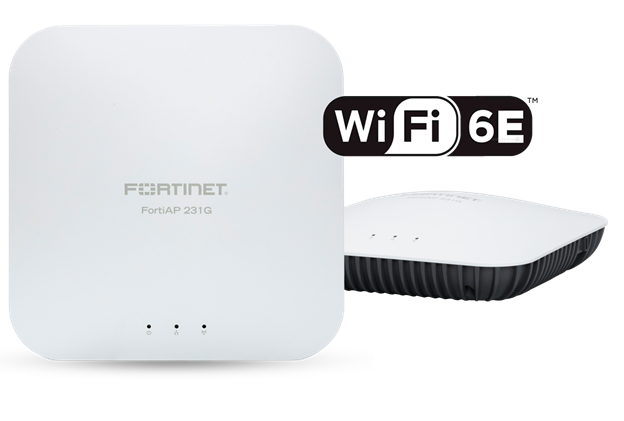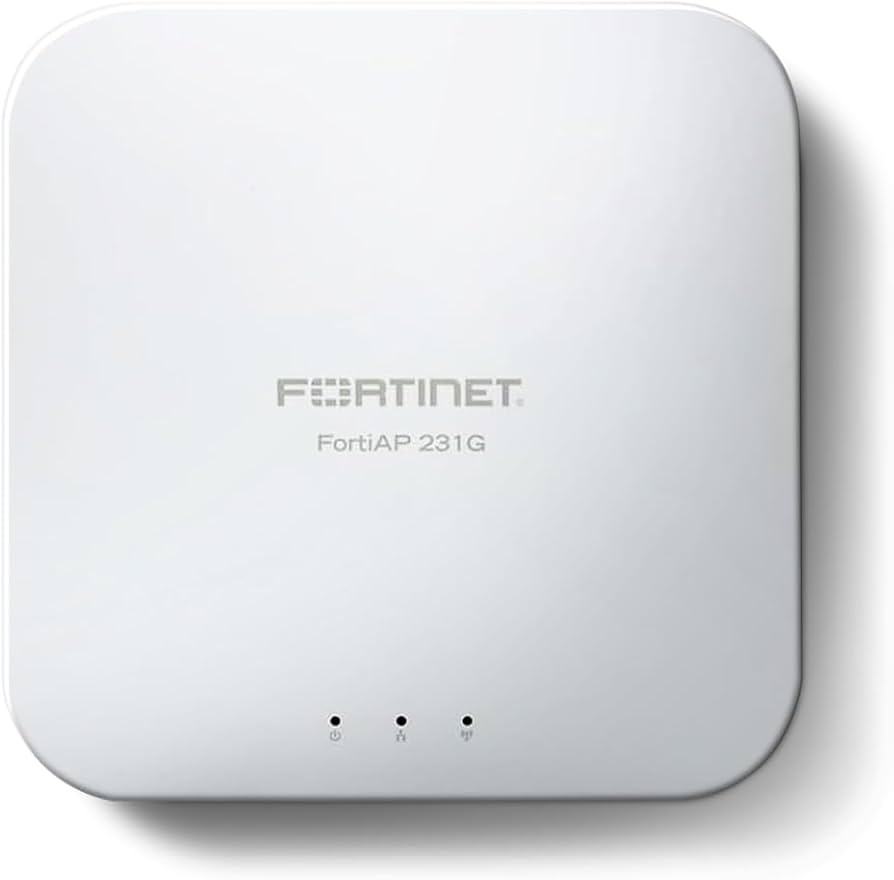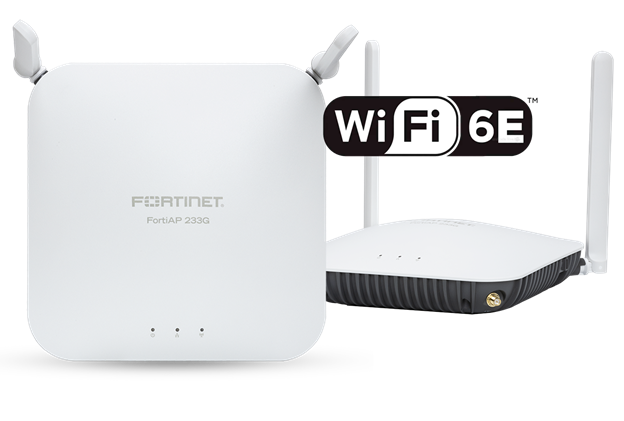| Product Type | Indoor Wireless Access Point |
| Model | FortiAP-231G |
| Wi-Fi Generation | Wi-Fi 6E (802.11ax) |
| Radio Configuration | Tri-Radio (2.4 GHz, 5 GHz, 6 GHz) |
| Spatial Streams | 2x2:2 per radio |
| Combined Data Rate | Up to 5.4 Gbps |
| Antenna Type | Internal Antennas |
| 5G Dual Operation | Yes |
| Mounting Options | Ceiling and wall mount kits included |
| Power Options | 802.3at PoE or optional external AC adapter |
| Weight | 0.89 kg (1.96 lbs) |
| Power Consumption | Up to 22.6 W |
Fortinet FortiAP-231G Indoor Tri-Radio Wi-Fi 6E Access Point
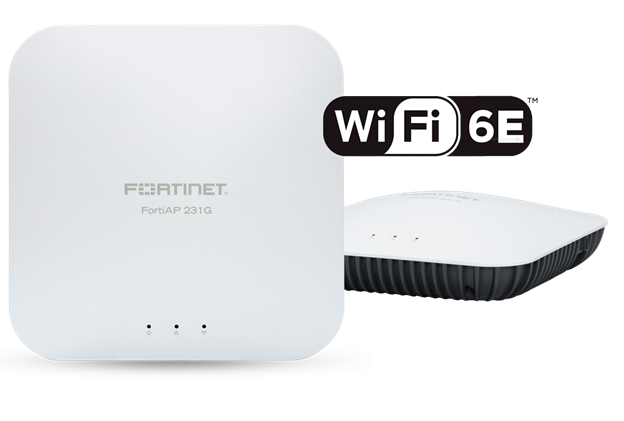
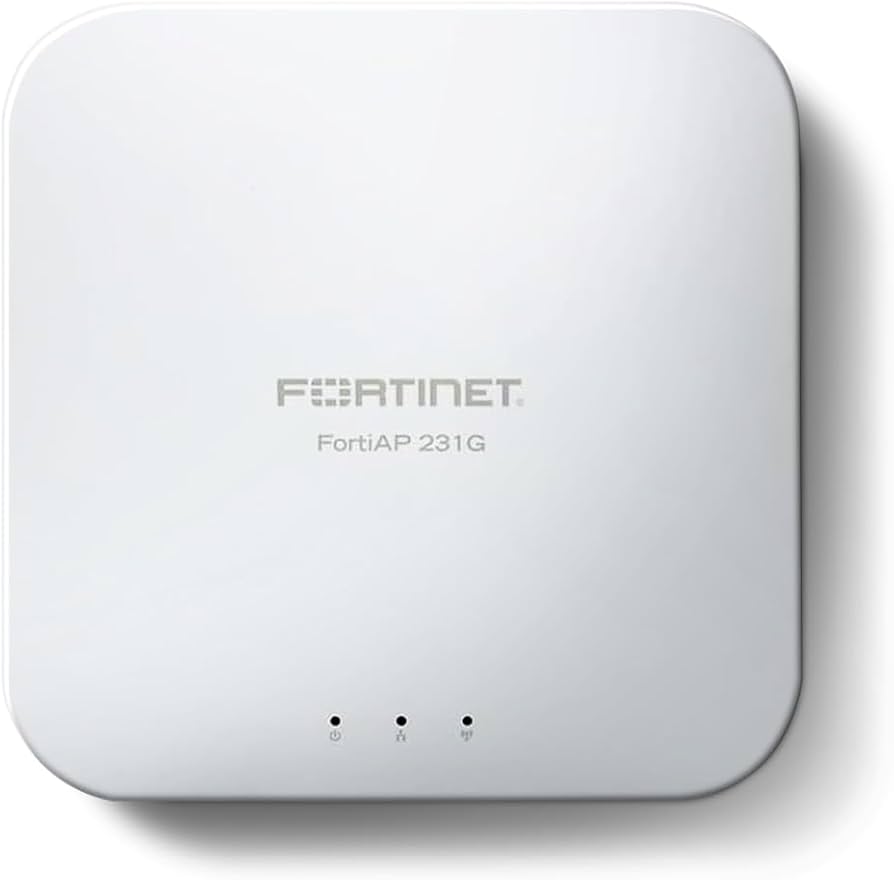
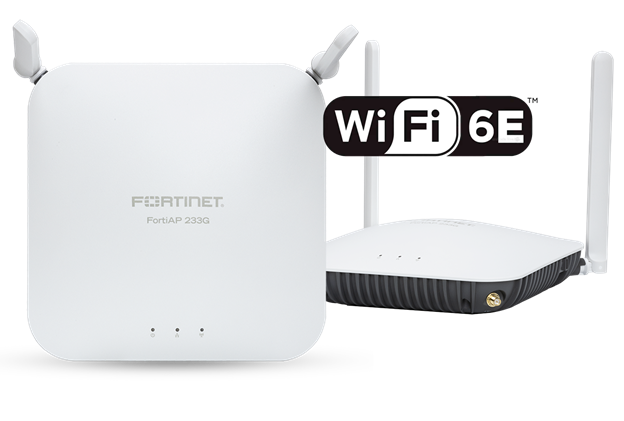
Key Benefits
AI-Powered Summaries from Online Customer Reviews
Eye-Insights™ are generated by proprietary AI that analyzes real online customer reviews to highlight top pros and key product features. While we aim for accuracy, insights are provided “as-is” and individual results may vary.
- Supports Wi-Fi 6E across tri-band frequencies, ensuring next-generation wireless performance for high-density environments.
- Offers flexible installation and high-speed connectivity with dual Ethernet ports including 2.5GbE and integrated Bluetooth/BLE.
- Easy deployment with internal antennas, included mounting kits, and multiple powering options (802.3at PoE or AC adapter).
Product Overview
The Fortinet FortiAP-231G is a high-performance indoor tri-radio wireless access point with support for Wi-Fi 6E over 2.4 GHz, 5 GHz, and 6 GHz bands, offering a 2+2+2 stream configuration. It features dual 5G operation and comes with internal antennas for efficient installation. Connectivity includes multi-gig Ethernet (2.5GbE), USB Type-A, and an RS-232 port. Integrated Bluetooth/BLE expands IoT and location-based services capability. Power via 802.3at PoE or an optional AC adapter. Includes mounting kits for ceiling or wall setups—perfect for scalable enterprise wireless solutions.
Specifications
Product Overview
Wireless Features
| Wi-Fi Standards | 802.11a/b/g/n/ac/ax (Wi-Fi 6/6E) |
| Frequency Bands | 2.4 GHz, 5 GHz, 6 GHz |
| MIMO Configuration | 2x2 per band |
| Max Clients per Radio | Up to 512 total (depending on configuration) |
| MU-MIMO | Yes, DL/UL MU-MIMO supported |
| OFDMA Support | Yes |
| Band Steering | Supported |
| Beamforming | Supported (implicit and explicit) |
Compliance & Origin
| Country of Origin | Taiwan |
| Certifications | FCC, CE, IC, UKCA, CB, UL, Wi-Fi 6E Alliance Certified |
| RoHS Compliance | Yes |
Advanced Security Features
| WIDS/WIPS | Yes |
| Rogue AP Detection | Yes |
| Application Control | Yes, when integrated with FortiGate |
| Firewall Integration | Yes, via FortiGate UTM features |
| VPN Tunneling | Supported (VPN over CAPWAP) |
Interfaces
| Ethernet Port | 1x 2.5 Gbps RJ45 Ethernet (PoE-In) |
| USB Port | 1x USB 2.0 Type-A |
| Console Port | 1x RJ45 Serial (RS-232) |
| Bluetooth/BLE | Integrated BLE 5.0 |
| Mounting Interface | Standard Fortinet bracket |
Physical & Environmental
| Dimensions | 220 × 220 × 45 mm (8.66 × 8.66 × 1.77 in) |
| Operating Temperature | 0°C to 40°C (32°F to 104°F) |
| Storage Temperature | -40°C to 70°C (-40°F to 158°F) |
| Operating Humidity | 10% to 90% (non-condensing) |
| Storage Humidity | 5% to 90% (non-condensing) |
| Enclosure Rating | Plastic indoor enclosure |
Cloud Management & Licensing
| Controller Options | FortiGate, FortiLAN Cloud, FortiWLM |
| Cloud Management | Supported via FortiLAN Cloud |
| Licensing Model | License-free when managed via FortiGate |

